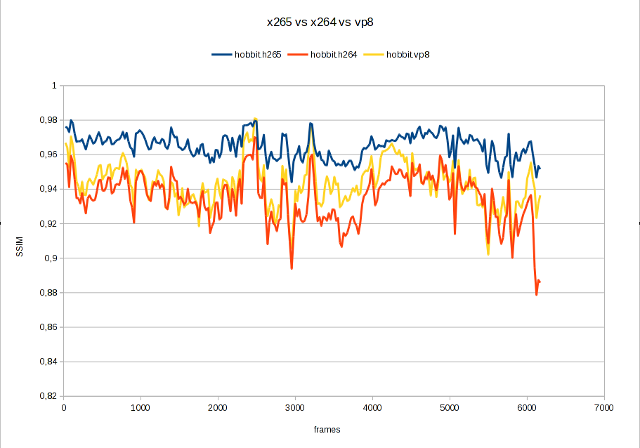

See FFmpeg Wiki: H.264 Video Encoding Guide for more info.
#Ffmpeg crop video length mp4#
Notesĭefault encoder for MP4 is libx264 (H.264 video) or mpeg4 (MPEG-4 Part 2 video) depending on your ffmpeg build. This way you can experiment and adjust your cropping without the need to encode, view, repeat.

You can take a crop (heh heh) and preview it live with ffplay: ffplay -i input -vf "crop=in_w:in_h-40"
#Ffmpeg crop video length pro#
In some cases, the video that you will want to join with the new audio will have an audio stream, even though if it's a silenced audio track for example when exported with tools like Vegas Pro 17, so what you will try to do in this case is to replace the audio stream: output-video.webmĪs mentioned, this option will work only if the video that you are processing doesn't have any audio track, if it does, you will need to replace the audio stream with some extra options that you'll find in the next section. In our case, with a video in WebM format, we'll add an opus audio file like this: ffmpeg -i. As final positional argument the output video.Used together with -shortest to extend audio streams to the same length as the video stream. -af apad: we are applying the apad filter, which pads the end of an audio stream with silence.-i: the second input argument is the audio that is shorter than the video.-i: the first input argument corresponds to the video track that doesn't have audio.If just like in our example, the video doesn't have an audio track, the command to use can be breakdown like this: If the video doesn't have any audio track
#Ffmpeg crop video length how to#
In this article, I will explain to you how to join a video track and shorter audio. In this case, as you can see our video of 3 minutes doesn't have an audio track attached, but the one we are trying to add of 2 minutes and 54 seconds, so the audio is way shorter than the video! When joining these 2 with some formats like OPUS for audio and WebM for video, you won't be able to join them if they have different lengths. The problem with this situation is that the first video contains the stream of a student, whose video and audio tracks have different lengths (basically because when the stream was recorded in the server, the audio track, and video are separate files, and when the student hangs up, the audio transmission stops, however, there are some frames of the video that are recorded): But there's a problem you may encounter but that probably you won't find an immediate solution, consider the following example of mixing 2 videos in a single one. Mixing videos and audio files with FFMPEG is kind of easy as long as you have the instruction to do it (or you are patient enough to read the official documentation of FFMPEG).


 0 kommentar(er)
0 kommentar(er)
